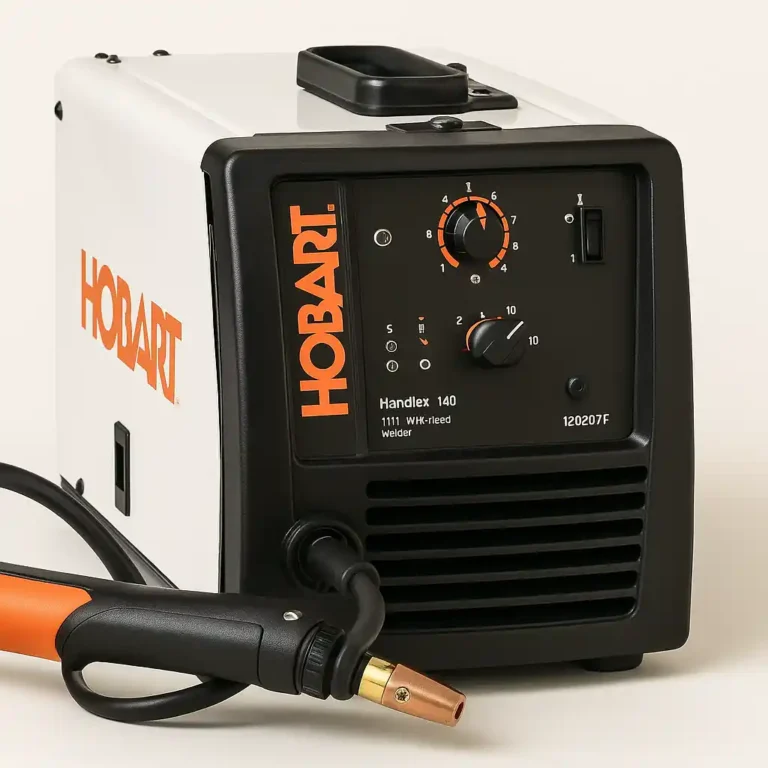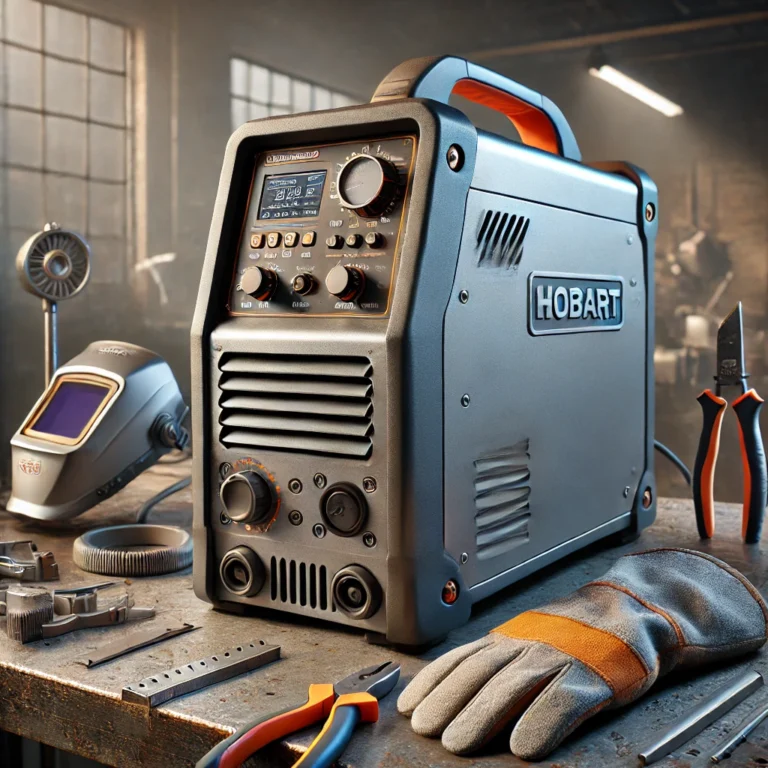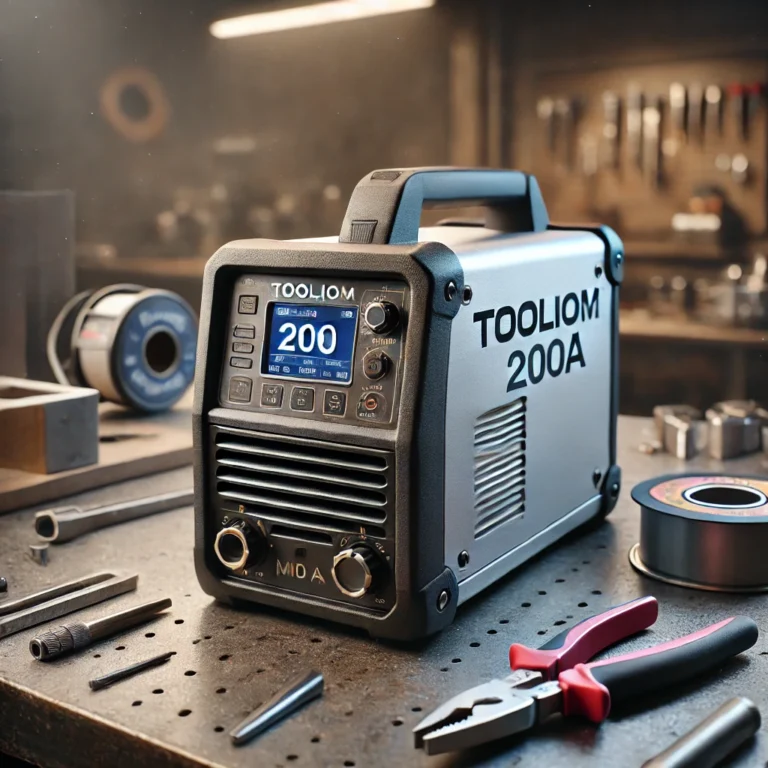What MIG Welder Should I Buy: A Practical Guide for DIY Users

Choosing the right MIG welder can feel overwhelming, but the perfect machine depends on your goals, budget, and material needs.
For many first-time welders, DIYers, and even small-shop fabricators, MIG welding offers the ideal balance of ease, versatility, and speed. Whether you’re repairing a trailer, building a BBQ pit, or fabricating a custom gate, MIG welding delivers clean, strong welds with minimal practice. This guide helps you choose the right MIG welder for your needs by comparing three highly rated models that balance performance and usability.
Hobart 500554 Handler 190 MIG Welder 230V Review
The Hobart Handler 190 is a robust, entry-level professional machine that runs on 230V, making it ideal for garages and home workshops with access to higher voltage. With a welding range of 25–190 amps, it can handle materials from 24-gauge up to 5/16-inch steel. Built with Hobart’s reputation for reliability, this welder includes a 7-position voltage control and industrial-grade performance, offering flexibility for both light and heavy-duty tasks.
Miller 907614 Millermatic 211 MIG Welder Review
The Millermatic 211 from Miller stands out as a premium MIG welder for those who want pro-level capabilities at home. It features advanced inverter technology and Auto-Set functionality, which means it automatically adjusts voltage and wire feed speed based on material thickness and wire diameter. Its dual voltage (120V/240V) makes it easy to move from a home setup to a commercial job site. It’s highly portable and provides stable arcs for both thin sheet metal and thicker workpieces.
YESWELDER MIG-205DS PRO MIG Welder Review
The YESWELDER MIG-205DS PRO is a budget-friendly multi-process machine that doesn’t cut corners. It supports 5-in-1 processes, including Gas MIG, Flux-Core, Lift TIG, and Stick, and it’s an excellent choice for users who want maximum value and flexibility. It runs on both 110V and 220V and delivers up to 200 amps of output power. For anyone starting out or experimenting with multiple welding styles, this machine delivers solid performance without a high price tag.
Conclusion
When deciding what MIG welder to buy, think about your primary usage—occasional repairs, hobby projects, or light fabrication work. The Hobart Handler 190 is perfect for consistent, reliable work in a home garage. The Millermatic 211 is ideal for those seeking pro performance in a portable unit. If versatility at a fair price is your top priority, the YESWELDER MIG-205DS PRO offers the most bang for your buck. Your ideal machine depends on what you want to weld—and how far you want to go.






